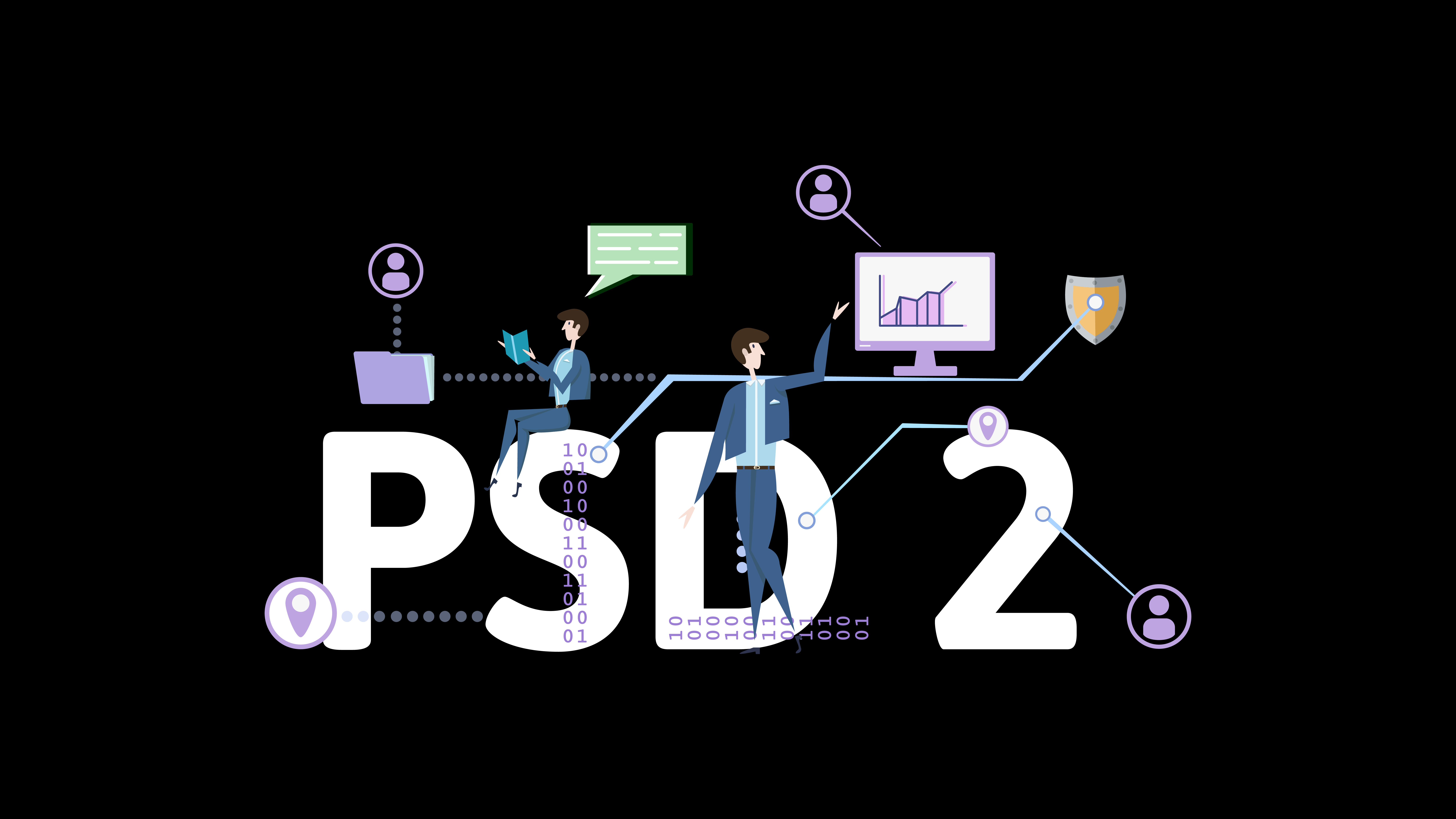What is PSD2?
PSD2, short for the Second Payment Services Directive, aims to revolutionize payment services. This regulation opens consumer bank accounts to third-party providers (TPPs). Unlocking vast amounts of data banks hold. It levels the playing field and bridges the gap between traditional banks, fintech, and big techs. It represents a shift in the European banking sector, moving it toward the era of Open Banking.
How it Affects Banks
The impact of PSD2 on banks is monumental. This regulation grants third-party providers access to bank data. However, its implementation faced hurdles, experiencing delays and partial enforcement in different countries. Two of the core aspects of PSD2 faced challenges in full deployment. These were strong customer authentication (SCA) and standardized APIs for account interfaces. The banks navigated through these complexities while trying to adapt to the regulatory landscape.
Why Must Banks Adapt Integration Landscapes for PSD2 Compliance?
The challenge for banks is twofold: achieving compliance while maintaining technological readiness. This requires meeting defined standards and preparing for potential revisions and expansions. Banks must balance regulatory compliance demands with the agility needed to adapt. The adaptation process is a continuous journey that's necessary to secure compliance. This ongoing adjustment ensures that banks are ready for upcoming regulatory changes.
Integration Discovery for PSD2 Compliance
Implementing an integration solution for PSD2 compliance requires a strategic approach. An approach that guarantees efficiency and rapid adaptability. Banks and other financial institutions must chart a straightforward roadmap to navigate both swiftly and effectively. Otherwise, it's unlikely that the PSD2 compliance will succeed. How do they do it? Integration discovery.
1. Strategic Alignment and Objectives Setting:
Prioritize aligning your integration strategy with the overarching goals of PSD2 compliance. Set clear objectives and outline the wanted outcomes from the integration process. Establish a dedicated team with IT, compliance, security, and business strategy experts to work with the initiative.
2. Comprehensive Landscape Assessment:
Initiate with a complete assessment of your current integration landscape. Engage stakeholders, IT teams, and relevant departments to understand your current state. That involves existing systems, APIs, data architecture, security protocols, and integrations. Document and analyze the current state and potential areas for improvement. HÄR KAN STARLIFY HJÄLPA TILL.
3. Technology Stack Evaluation:
Evaluate your technology stack against PSD2 compliance requirements. Identify any gaps between the existing technology stack and the compliance prerequisites.
4. Collaboration and Partnership Exploration:
Foster collaborations and partnerships within the industry and engage with both third-party providers and internal experts to leverage their expertise and experiences. Explore collaborations that can expedite the implementation of necessary changes and adaptations to meet compliance requirements. And, of course, collaborations that can help you get an overview of your current state.
5. Creation of a Rapid Deployment Plan:
Utilize the insights from the assessment and analysis phases to devise a rapid deployment plan. Prioritize actions that address critical gaps and compliance necessities. Craft a phased approach, allowing incremental improvements while aligning with regulatory timelines.
6. Implementation and Continuous Iteration:
Implement the planned changes and adaptations in a phased manner. Continuously refine the integration discovery process based on real-time insights and developments. Review progress and adapt the approach to ensure swift compliance without compromising quality.
7. Documentation and Knowledge Transfer:
Document every step, change, and implementation made throughout the integration discovery process. Make sure your organization and relevant stakeholders understand the insights gained and the solutions implemented. This can be achieved with a solution that visualizes and shows dependencies across your application network.

